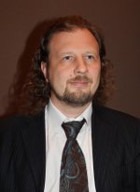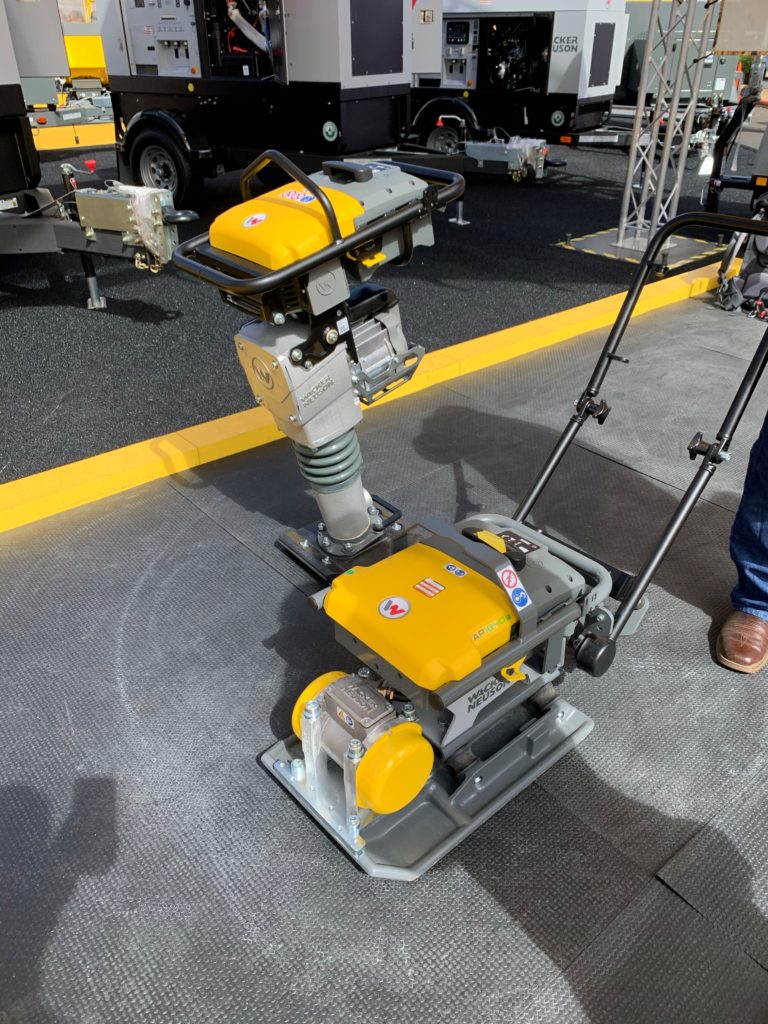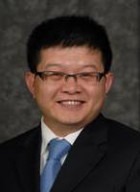Caterpillar Plans To Stop Production in Russia
RUSSIA REPORT
March 10, 2022—The American company Caterpillar, specializing in construction and mining machines, has suspended work at its plants in Russia because of the situation in Ukraine. Caterpillar said it is donating more than US$ 1 million to the victims of the crisis.
“We are deeply saddened by the tragic events continuing to occur in Ukraine and hope for a peaceful resolution to the crisis. Through the Caterpillar Foundation, we are donating more than $1 million to support both urgent and long-term needs of the Ukraine humanitarian crisis. We are complying with all applicable laws and evolving sanctions, while remaining focused on our employees, dealers and customers. Operations in Russia have become increasingly challenging, including supply chain disruptions and sanctions, and we are suspending operations in our Russian manufacturing facilities” – said in the company statement.
According to the company website, it has a production plant in Tosno (Leningrad region) and a distribution center in Moscow region.
PSR Analysis: Evidently, Cat business in Russia continues, however in reduced size. It’s not possible to maintain production operation with absence of parts. Same reasons were stated in press-release of Hitachi, which has also suspended production in Russia with Cat and Komatsu. PSR
Maxim Sakov is Market Consultant – Russia Operations, for Power Systems Research





